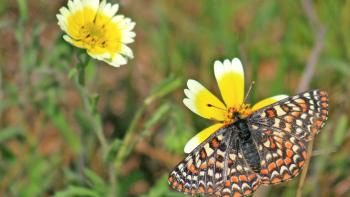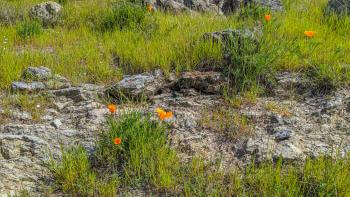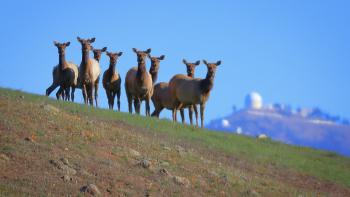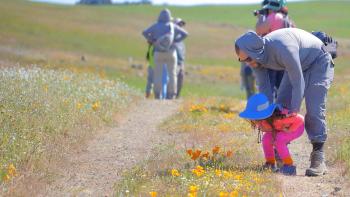Earth Day 2025: Celebrating Local Conservation Wins
You trust us to protect nature in Santa Clara Valley so that nature, in turn, can take care of you—and we take that responsibility seriously. Here are our top conservation success stories from 2025 so far.
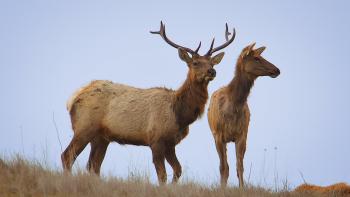
Advancing Science: Tracking Tule
Thanks to a new research initiative involving Global Positioning Systems (GPS) collars, scientists may soon unlock the mysteries surrounding the secret lives of tule elk herds in the Santa Clara Valley - including the Open Space Authority’s Máyyan ‘Ooyákma – Coyote Ridge Open Space Preserve. Read more here.
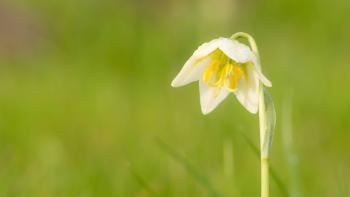
From Small Wins, Bloom Big Hopes
For the first time, a single threatened fragrant fritillary—a delicate perennial flower—was discovered by one of our volunteers in a new location in Coyote Valley. This special species is included in the Santa Clara Valley Habitat Plan, (fun fact: it's also the star of the Santa Clara Valley Habitat Agency logo) and this sighting is a testament to the power of conservation efforts. A thrilling reminder of nature's resilience, this discovery gives hope for the fritillary's continued recovery.
Public ownership of Coyote Valley continues to grow
In March 2025, the Open Space Authority acquired 141 acres from our longtime conservation partner Peninsula Open Space Trust (POST). The property, once designated for dense development, consists of six parcels in the middle portion of Coyote Valley. The property is located along the Fisher Creek corridor on Santa Teresa Boulevard south of Bailey Avenue, where we have already been collaborating with POST and other local organizations to restore the creek’s natural functions.
Thistle Do Nicely for a Comeback
In partnership with the Santa Clara Valley Habitat Agency, the Open Space Authority is celebrating a habitat success story at Mayyan Ooyakma – Coyote Ridge. One of the preserve’s ponds has become a flourishing haven for Mt. Hamilton thistle, which is showing remarkable growth this year. Though the before-and-after photos capture different seasons—given the species is biennial—the transformation is undeniable. This thriving population is a testament to the ongoing restoration efforts that protect and support the rare and native flora of the region. Through careful conservation management, our work to preserve and restore these unique habitats will benefit many generations to come.
We’re delivering on our promise to protect and restore nature for everyone—but there’s still much to do. Our work continues so these landscapes can continue providing benefits for people and nature.
Love content like this?
Sign up for our free monthly news and events newsletter to stay informed and get involved – and cheers to more good news to come!
